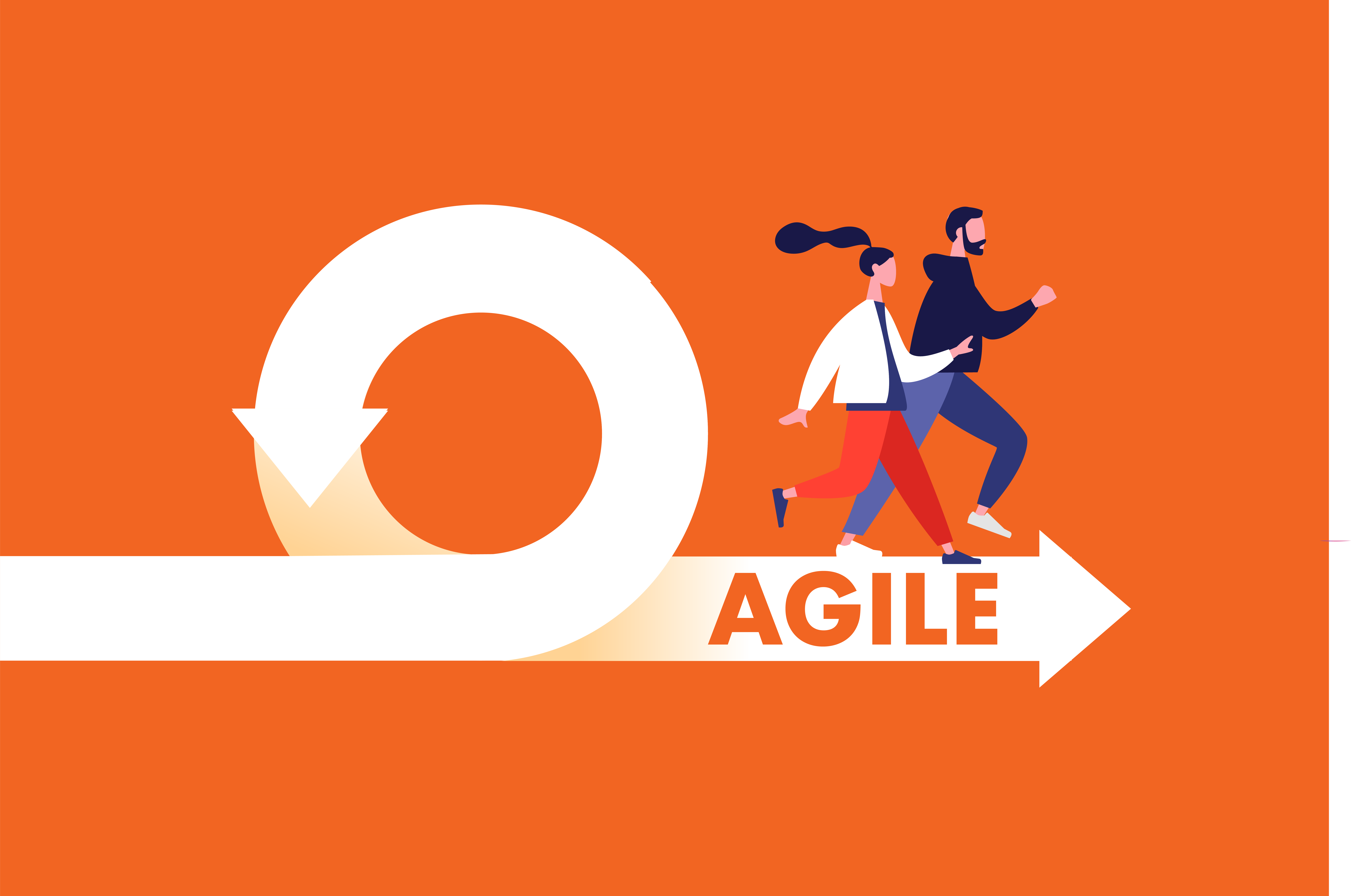Designers play a critical role in Agile methodologies, which are widely used in software development and product management to enable iterative and collaborative project management. Here are some ways in which designers work in Agile:
- Cross-functional teams: Agile encourages cross-functional teams that include designers, developers, product managers, and other stakeholders. Designers work closely with the team members throughout the project, collaborating on tasks, sharing ideas, and contributing their expertise to the overall project goals.
- Agile ceremonies: Designers participate in various Agile ceremonies, such as sprint planning, daily stand-ups, sprint reviews, and sprint retrospectives. These ceremonies facilitate communication, coordination, and alignment among team members, allowing designers to contribute to the project’s progress and address any design-related issues or questions.
- User stories and backlog grooming: Designers contribute to the creation of user stories and backlog grooming sessions, where they provide input on design requirements, user needs, and usability considerations. They work with product managers, developers, and other team members to ensure that the user stories and backlog items are well-defined and align with the project’s design goals.
- Design sprints: Designers may conduct design sprints, which are focused and time-boxed design exercises aimed at rapidly exploring and validating design concepts. Design sprints allow designers to quickly iterate on design ideas, gather feedback, and make design decisions in an Agile manner.
- Iterative design: Agile emphasizes iterative development, and designers work in iterations or sprints, creating and refining design deliverables as the project progresses. Designers continuously gather feedback from stakeholders and users, iterate on design concepts, and incorporate changes based on the evolving requirements and feedback received.
- Collaborative design: Agile promotes collaboration and cross-functional communication, and designers work closely with developers, product managers, and other stakeholders to align design decisions with the overall project goals. Designers may create prototypes, wireframes, and mockups to communicate design concepts effectively to the team and gather feedback for further refinement.
- Continuous improvement: Agile encourages a culture of continuous improvement, and designers actively participate in sprint retrospectives and other feedback sessions to reflect on the design process, identify areas of improvement, and implement changes in subsequent iterations. Designers also learn from user feedback, usability testing, and other sources to continuously improve the user experience.
- Flexibility and adaptability: Agile is known for its flexibility and adaptability, and designers need to be adaptable and responsive to changing project requirements, priorities, and timelines. Designers may need to iterate on designs quickly, pivot based on feedback, and work closely with the team to ensure that design deliverables align with the Agile process and project goals.
In conclusion, designers play a critical role in Agile methodologies, working closely with cross-functional teams, participating in Agile ceremonies, conducting design sprints, iterating on designs, collaborating with stakeholders, and continuously improving the user experience. Designers in Agile environments need to be flexible, adaptable, and collaborative, contributing their expertise to the overall project goals and delivering design solutions that align with the Agile process.
Regenerate response
